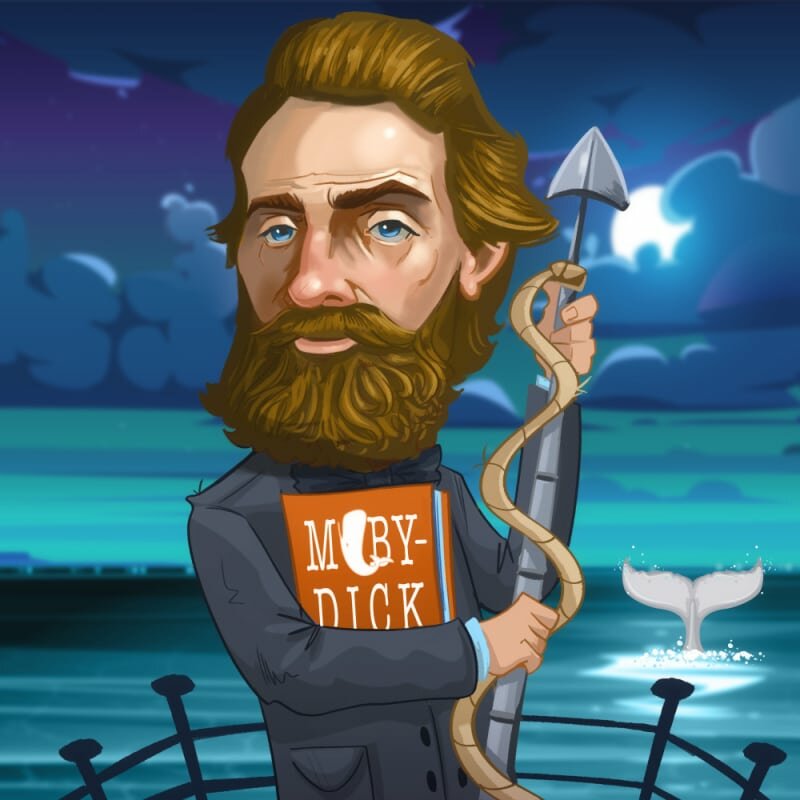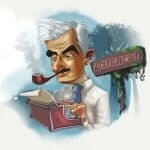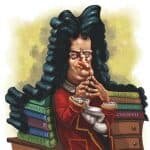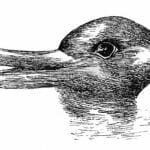1. The novel, Moby-Dick, for which Herman Melville (1819-1891) became critically acclaimed, was not an immediate success. Initially entitled, The Whale, the novel collected dust on the shelves of bookstores until 1919, the centennial anniversary of Melville’s birth. This anniversary sparked new public interest in the writer and his works.
2. When writing the novel Pierre, which was released in 1852, many of Melville’s family and friends feared for his sanity. He had secluded himself from society to fulfill the personal nature of the book.
3. A year after publishing, Pierre, Melville’s publishing house burned to the ground, along with many of his works. Despite suffering this significant loss and financial hardship, he persevered in his efforts as a writer.
4. In 1826, a year in which scarlet fever was running rampant, Melville became infected with the disease. After recovering from the illness, it left him with permanently damaged eyesight, yet this did not stop him from attending school to develop his writing ability.
5. In dire financial straits, Melville attempted to volunteer for the Navy at the commencement of the Civil War. However, he was promptly rejected for military service.
6. He spent his final years working as a U.S. Customs Inspector, earning the financial security he never sustained as a vocational writer.
7. In 1832, following the death of his father, Alan Melvill, Herman’s mother changed her children’s last name by adding an “e” to the end of it.
8. His grandfather, Maj. Thomas Melvill was a member of the Boston Tea Party.
9. Once aboard a ship called the Acushnet, Melville had endured a harsh relationship with the ship’s captain. He and a friend decided to abandon the ship by hiding in the thicket of vegetation while stalled in the Pacific Islands, which was the experience that led him to write Typee and Omoo.
10. Melville lived next door to the famous author Nathaniel Hawthorne, who was most famous for his work, The Scarlet Letter.








